A record-breaking superatomic semiconductor material allows particles to traverse it between 100 and 1,000 times faster than electrons pass through a silicon chip.
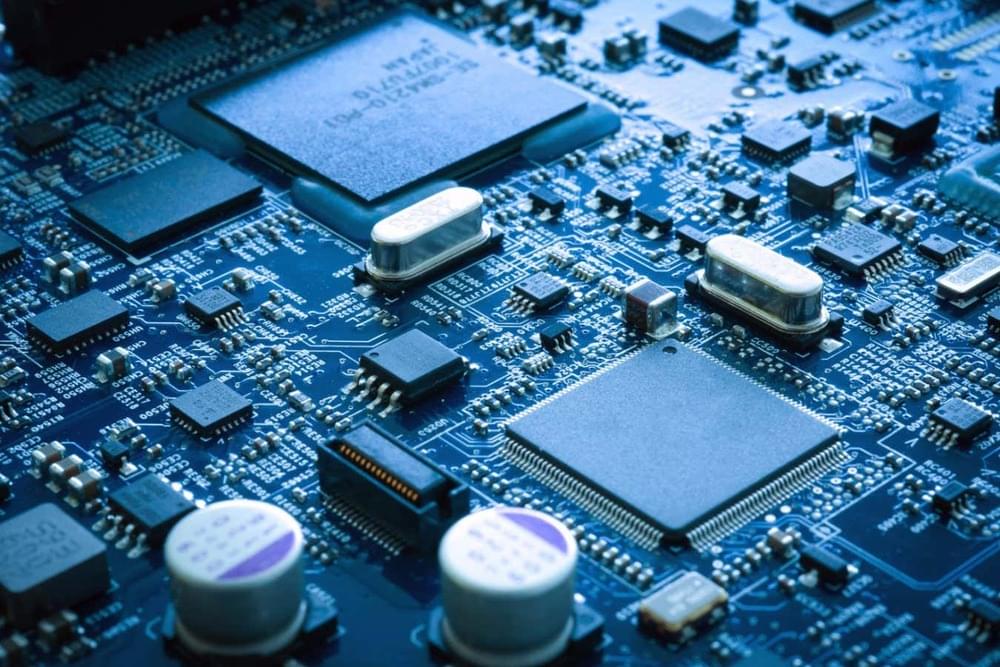

A record-breaking superatomic semiconductor material allows particles to traverse it between 100 and 1,000 times faster than electrons pass through a silicon chip.
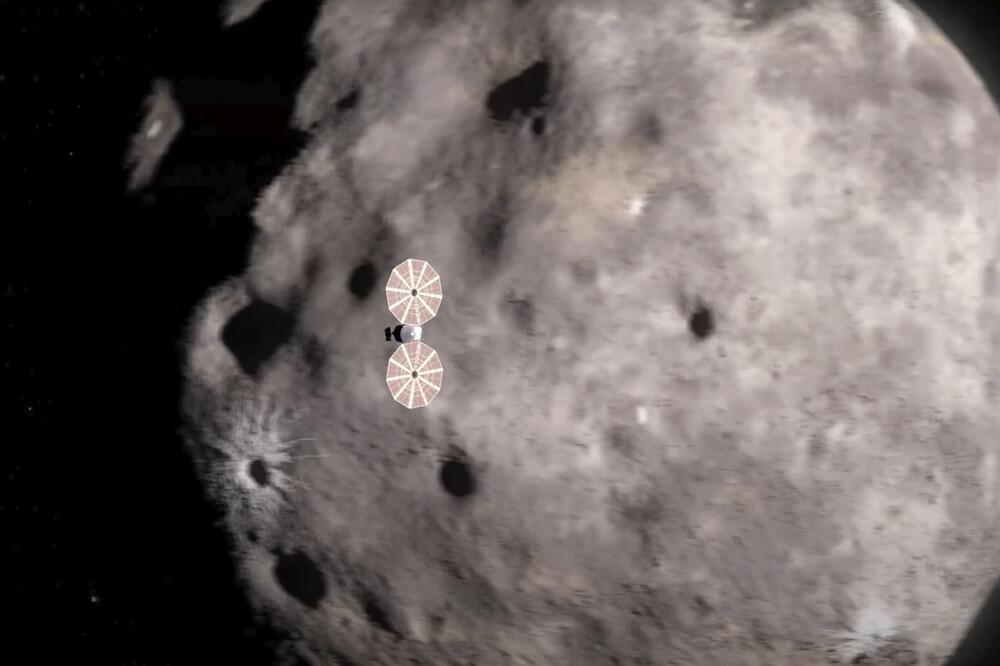
NASA’s Lucy spacecraft on Wednesday encountered the first of 10 asteroids on its long journey to Jupiter.
The spacecraft on Wednesday swooped past the pint-sized Dinkinesh, about 300 million miles (480 million kilometers) away in the main asteroid belt beyond Mars. It was “a quick hello,” according to NASA, with the spacecraft zooming by at 10,000 mph (16,000 kph).
Lucy came within 270 miles (435 kilometers) of Dinkinesh, testing its instruments in a dry run for the bigger and more alluring asteroids ahead. Dinkinesh is just a half-mile (1 kilometer) across, quite possibly the smallest of the space rocks on Lucy’s tour.


Surface-enhanced Raman scattering (SERS) is a powerful fingerprint analysis and detection technique that plays an important role in the fields of food safety, environmental protection, bio-imaging and hazardous substance identification. Electromagnetic enhancement (EM) and chemical enhancement (CM) are the two recognized mechanisms of action for amplifying Raman signals.
EM originates from the localized surface plasmonic resonance effect of noble metal nanostructures such as gold, silver, and copper, while CM originates from the charge transfer between the substrate and the probe molecules. In principle, the charge transfer efficiency depends on the coupling of the incident laser energy to the energy levels of the substrate-molecule system.
Compared to EM-based SERS substrates, CM-based SERS substrates are usually made of two-dimensional materials including semiconductor oxides, metal carbides, and graphene and its evolutions, which have weaker signal enhancement capabilities. However, the advantages of CM-based SERS substrate, such as high specificity, homogeneity and biocompatibility, have attracted the attention of researchers.
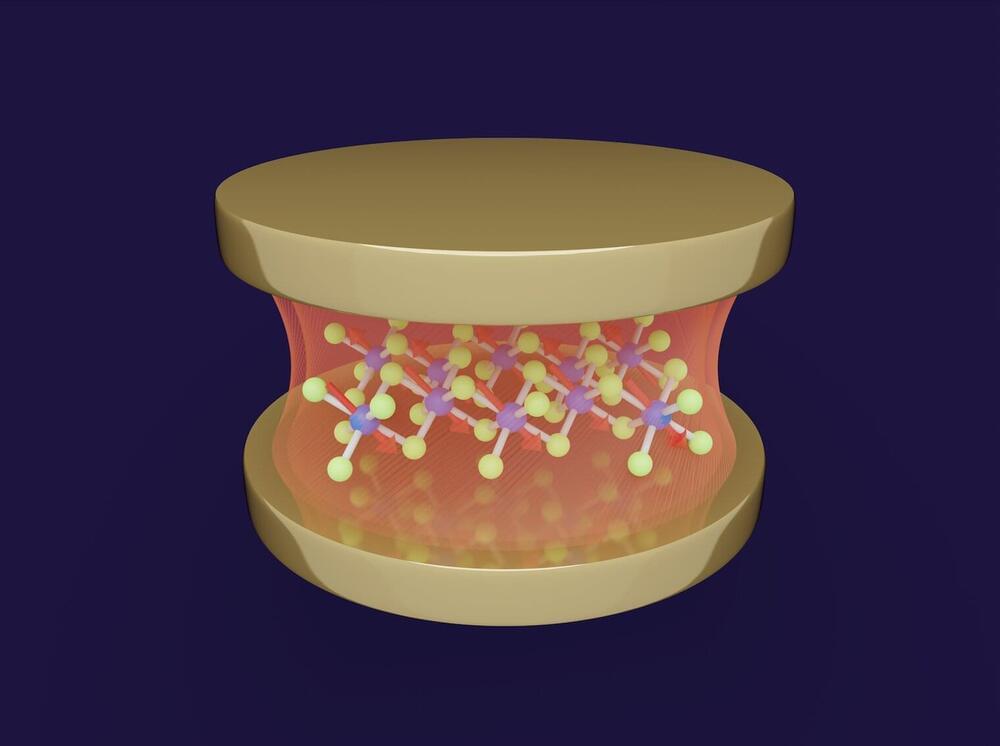
Researchers in Germany and the U.S. have produced the first theoretical demonstration that the magnetic state of an atomically thin material, α-RuCl3, can be controlled solely by placing it into an optical cavity. Crucially, the cavity vacuum fluctuations alone are sufficient to change the material’s magnetic order from a zigzag antiferromagnet into a ferromagnet. The team’s work has been published in npj Computational Materials.
A recent theme in material physics research has been the use of intense laser light to modify the properties of magnetic materials. By carefully engineering the laser light’s properties, researchers have been able to drastically modify the electrical conductivity and optical properties of different materials.
However, this requires continuous stimulation by high-intensity lasers and is associated with some practical problems, mainly that it is difficult to stop the material from heating up. Researchers are therefore looking for ways to gain similar control over materials using light, but without employing intense lasers.
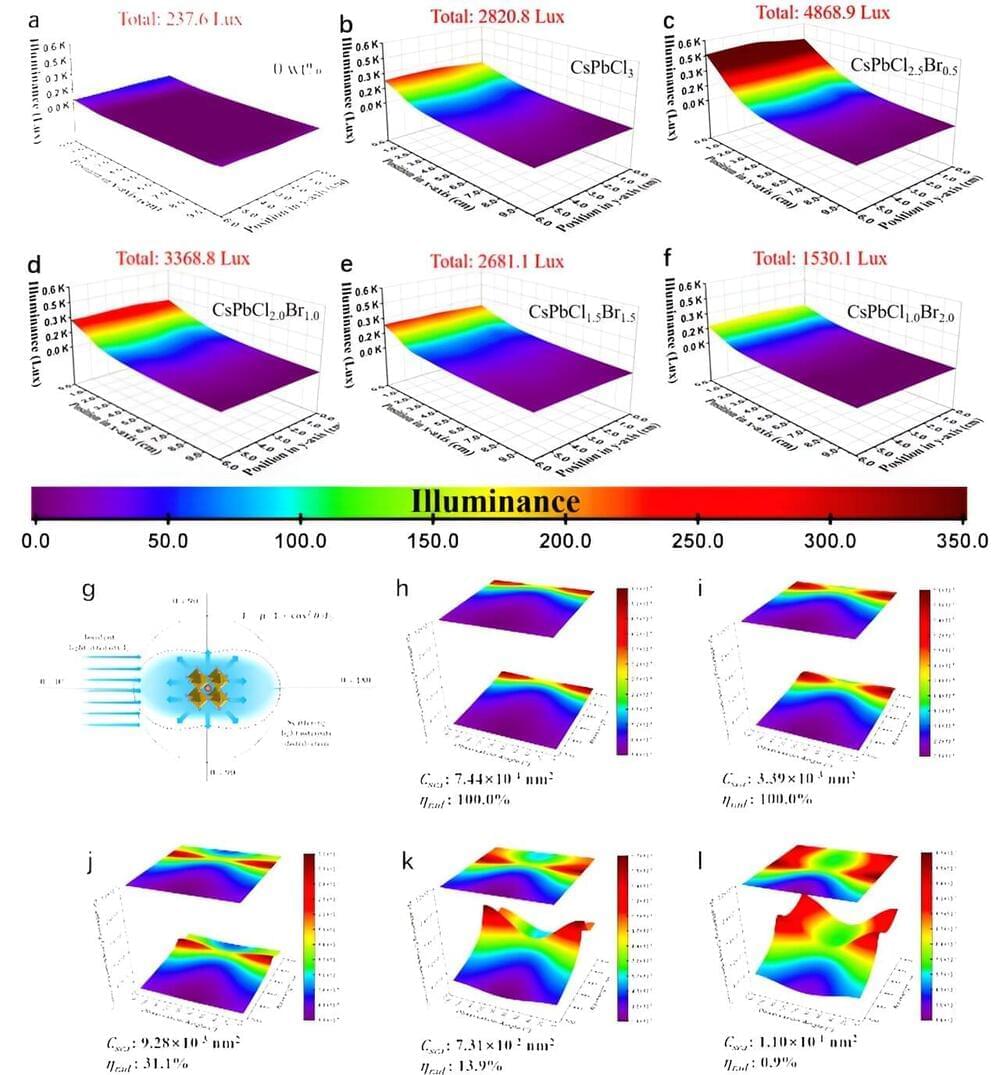
The fact that nanoparticle and polymer hybrid materials can often combine the advantages of each has been demonstrated in several fields. Embedding PNCs into polymer is an effective strategy to enhance the PNCs stability and polymer can endow the PNCs with other positive effects based on different structure and functional groups.
The uniform distribution of PNCs in polymer matrix is critical to the properties of the nanocomposites and the aggregation of PNCs induced by high surface energy has a severe influence on the performance of related applications. As such, the loading fraction is limited owing to the phase separation between PNCs and polymer.
Chemical interaction between PNCs and polymer is necessary to suppress the phase separation. Meanwhile, most of the fabrication methods of PNCs/polymer nanocomposites are spin coating, swelling-shrinking and electrospinning based on the in-situ synthesis of PNCs in polymer matrix and physical mixing, but extremely few works can achieve the fabrication of PNCs/polymer nanocomposites by bulk polymerization.
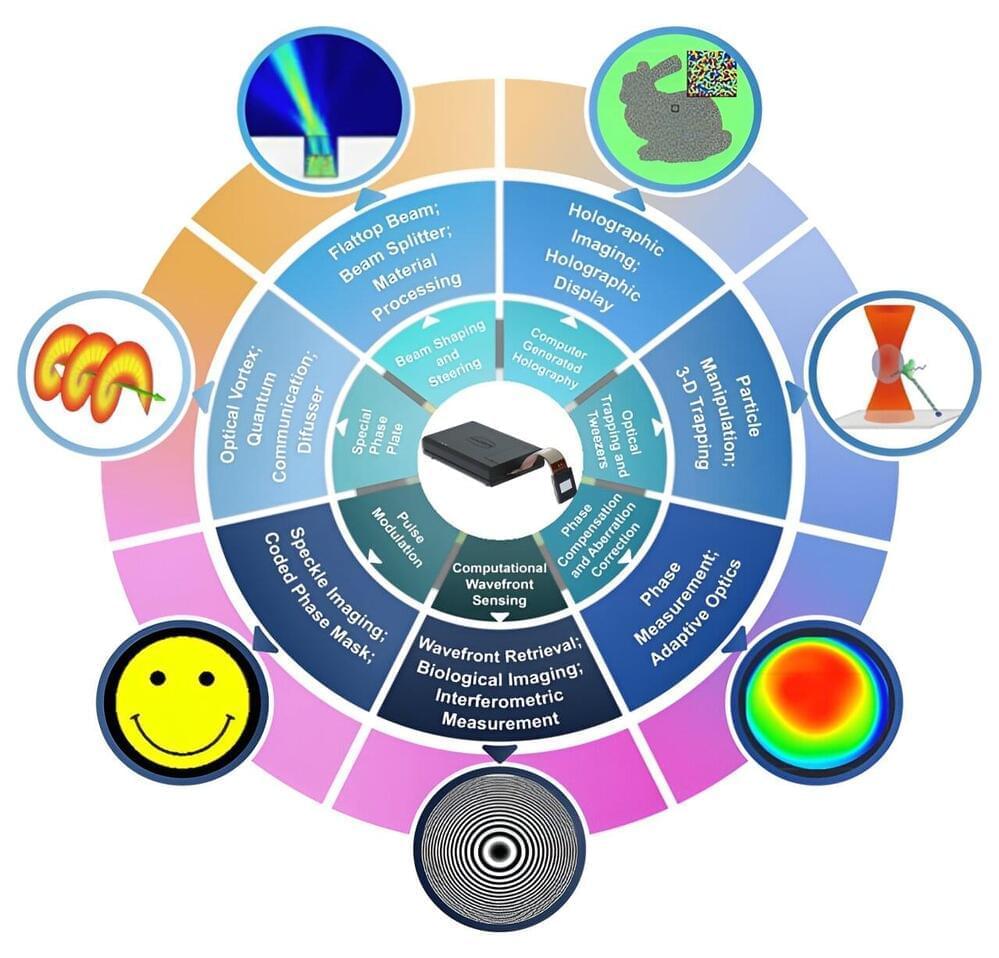
Technology to control and harness light has existed for centuries, often as static solutions that must be custom-designed. It is only in the past couple of decades that the digital era of micro-electronics and computing has seen fast rewritable technology meant for displays find its way into the mainstream of optics.
In a new review published in Opto-Electronic Science, the authors showcase the recent advances in replacing the traditional static optical toolkit with a modern digital toolkit for “light on demand.” The result has been the introduction of digitally controlled light to nearly all major optical laboratories worldwide, opening new paths for the creation, control, detection, and harnessing of exotic forms of structured light. The advanced toolkit promises novel applications from classical to quantum, ushering in a new chapter in on-demand structured light.
The authors of this article reviewed recent progress in using a modern digital toolkit for on-demand forms of sculptured light, offering new insights and perspectives on this nascent topic. The core technology that has advanced this field is the liquid crystal spatial light modulator (SLM), allowing high resolution tailoring of light in amplitude, phase, polarization, or even more exotic degrees of freedom such as path, orbital angular momentum, and even spatiotemporal control. These simple yet highly effective devices are made up of millions of pixels that can be modulated in phase, for spatial control of light in an in-principle lossless manner.
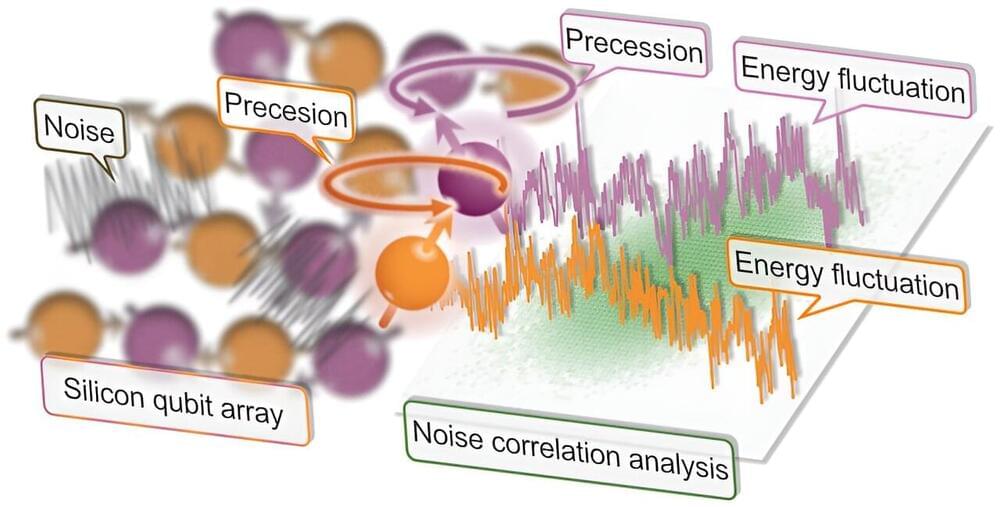
To build highly performing quantum computers, researchers should be able to reliably derive information about the noise inside them, while also identifying effective strategies to suppress this noise. In recent years, significant progress has been made in this direction, enabling operation errors below 1% in various quantum computing platforms.
A research team at Tokyo Institute of Technology and RIKEN recently set out to reliably quantify the correlations between the noise produced by pairs of semiconductor-based qubits, which are very appealing for the development of scalable quantum processors. Their paper, published in Nature Physics, unveiled strong interqubit noise correlations between a pair of neighboring silicon spin qubits.
“A useful quantum computer would practically require millions of densely packed, well-controlled qubits with errors not only small but also sufficiently uncorrelated,” Jun Yoneda, one of the researchers who carried out the study, told Phys.org. “We set out to address the potentially serious issue of error correlation in silicon qubits, as they have become a compelling platform for large quantum computations otherwise.”

